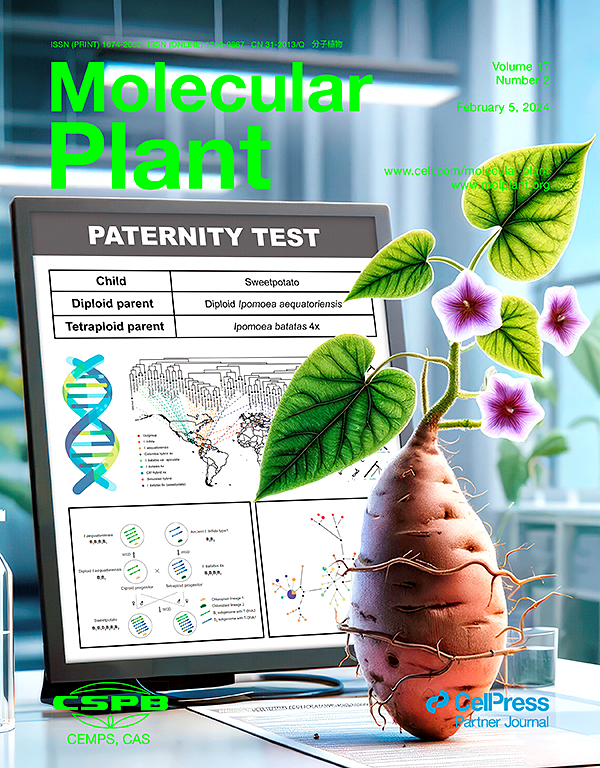Haplotype-based phylogenetic analysis and population genomics uncover the origin and domestication of sweetpotato
Abstract
The hexaploid sweetpotato (Ipomoea batatas) is one of the most important root crops worldwide. However, its genetic origin remains controversial, and its domestication history remains unknown. In this study, we used a range of genetic evidence and a newly developed haplotype-based phylogenetic analysis to identify two probable progenitors of sweetpotato. The diploid progenitor was likely closely related to Ipomoea aequatoriensis and contributed the B1 subgenome, IbT-DNA2, and the lineage 1 type of chloroplast genome to sweetpotato. The tetraploid progenitor of sweetpotato was most likely I. batatas 4x, which donated the B2 subgenome, IbT-DNA1, and the lineage 2 type of chloroplast genome. Sweetpotato most likely originated from reciprocal crosses between the diploid and tetraploid progenitors, followed by a subsequent whole-genome duplication. In addition, we detected biased gene exchanges between the subgenomes; the rate of B1 to B2 subgenome conversions was nearly three times higher than that of B2 to B1 subgenome conversions. Our analyses revealed that genes involved in storage root formation, maintenance of genome stability, biotic resistance, sugar transport, and potassium uptake were selected during the speciation and domestication of sweetpotato. This study sheds light on the evolution of sweetpotato and paves the way for improvement of this crop.

